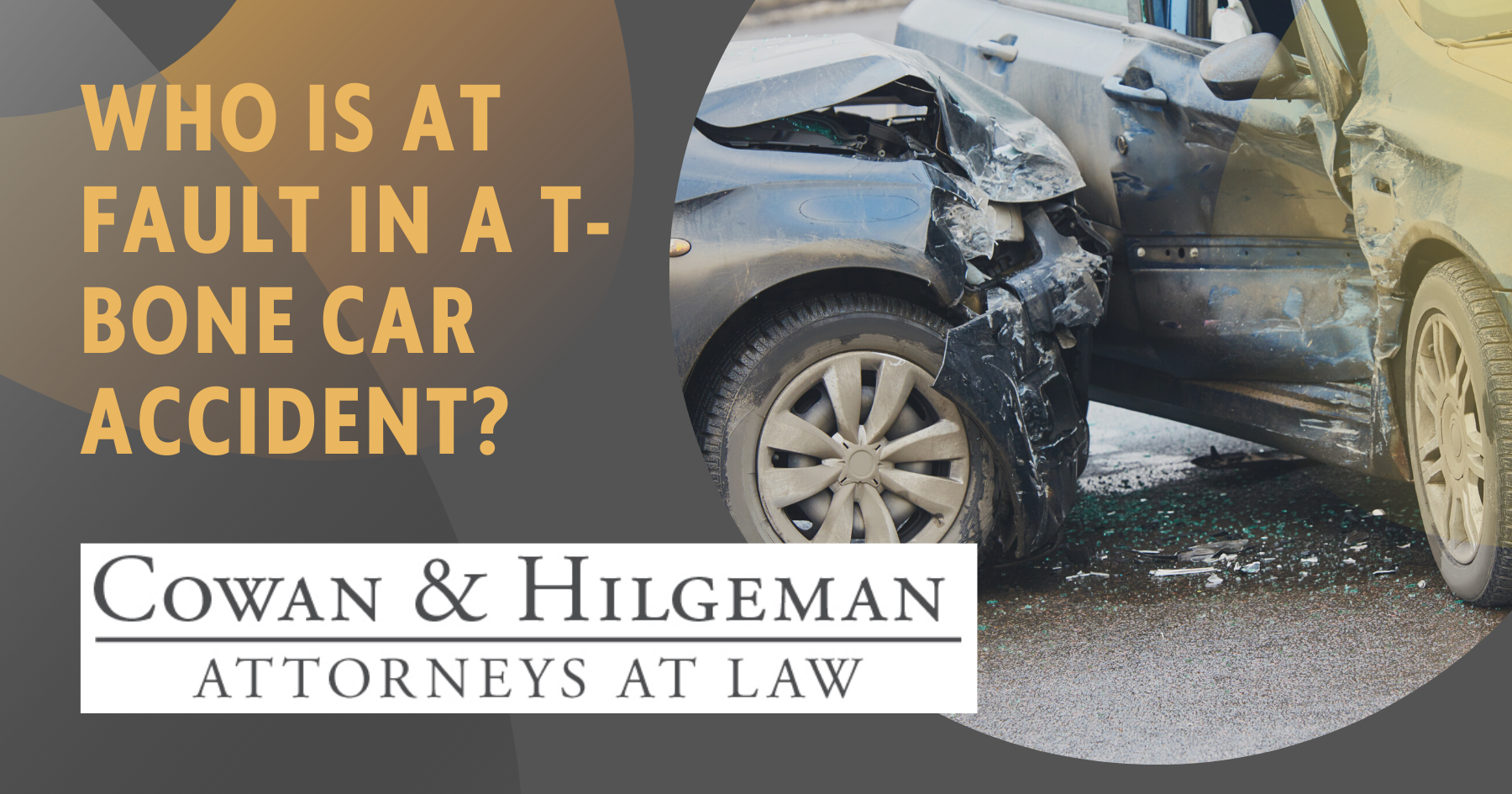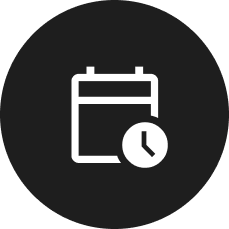T-bone accidents get their name from the T-shaped position of the vehicles when they collide. The nose of one vehicle hits the side of another vehicle. The wreck could occur at high speeds or low speeds, depending on the circumstances of the wreck.
T-bone accidents are often catastrophic. A T-bone involves a head-on collision for one driver and a serious side impact for the other driver. Both may sustain life-changing or fatal injuries, including broken bones, brain damage, and internal injuries. Even at low speeds, significant injuries can be caused to both parties from the impact, broken glass and deployed airbags. Deep lacerations (cuts) and facial injuries are common among the drivers or passengers who are hit broadside, no matter how fast the cars were traveling. Vehicles are, almost without exception, written off entirely by insurance companies due to the extent of damage to the car's structural integrity.
Who is responsible for a T-bone accident?
Also known as side impact crashes, T-bone accidents are most commonly caused by:
- Someone driving too fast for conditions
- Driving under the influence
- Failing to yield the right of way
- Driving while distracted
- Failing to obey traffic control signals can all cause T-bone wrecks.
- Out of the 50,930 drivers in fatal T-bone wrecks, 8,746 drove too fast for conditions, 5,164 drove under the influence, 3,728 did not yield the right of way, 3,008 people drove while distracted, and 2,054 failed to obey a traffic control signal.
Accidents at an Intersection
The most common location for T-bone accidents is at an intersection. If one driver enters the intersection illegally, he or she can crash into another driver who is there lawfully. In this scenario, the driver guilty of breaking the rules of the road would most likely be liable for the collision. If an investigation of the side impact accident found that one driver ran the red light or rolled through the stop sign, for example, that driver could absorb liability for the crash for breaking traffic laws.
Driver Turning Left
T-bone collisions often result from left-hand turn accidents. The driver turning left may crash into the side of an oncoming vehicle, or the oncoming vehicle may collide head-on with the side of the vehicle turning left. The vehicle that failed to yield the right-of-way when making a left turn will most likely be responsible for this type of crash, unless the turning driver had the right-of-way and the other driver ran the red light.
In most cases, the driver turning left must yield to oncoming traffic. A driver that tries to jump the gap when an approaching vehicle is too close may cause a T-bone accident. Misjudging the speed or distance of an oncoming vehicle could lead to a left-turn T-bone collision. In some cases, however, the driver proceeding straight through the intersection could be at fault. This may be the case if the turning driver had a green turn signal and the other driver proceeded illegally into the intersection.
Sharing Fault
Sometimes, both drivers share fault for a T-bone accident. One driver may have turned left at the wrong time, for example, while the other was guilty of excessive speeding that led him or her into the intersection too quickly. Ohio is a 'comparative negligence' state, meaning a victim injured in a T-bone collision can still collect compensation even while bearing partial fault for the accident. The plaintiff would simply receive a smaller compensatory award, reduced by his or her percentage of fault.
Proving Fault
Establishing liability for a T-bone accident in Ohio takes evidence of one or both drivers’ fault. Even in cases of obvious driver error, the victim may need to collect evidence to show to an insurance company before obtaining compensation. The burden of proof rests with the plaintiff, not the defendant.
- Police reports. A police report can establish facts such as where the crash occurred, the direction of each vehicle before the crash and preliminary determinations of fault.
- People who witnessed the T-bone accident can give statements as to what happened and how the collision occurred.
- Vehicle damage. An analysis of where each car sustained damage can paint a picture of how the crash happened and which driver may be to blame.
- Crash reconstruction. Crash reconstructionists can create diagrams or computer-generated re-creations of the side impact accident to show a judge or jury which driver broke the rules.
Once the victim establishes the other driver’s fault, he or she must also prove damages. Proof can include pay stubs for lost wages and medical records documenting personal injuries. Demonstrating fault and damages may take help from an attorney after a serious T-bone accident in Ohio.
A skilled Dayton car accident lawyer with experience handling T-bone accident claims will know precisely how to navigate these cases. Call Cowan & Hilgeman Law today at (937) 222-2030 today to schedule your free, no-obligation consultation.

